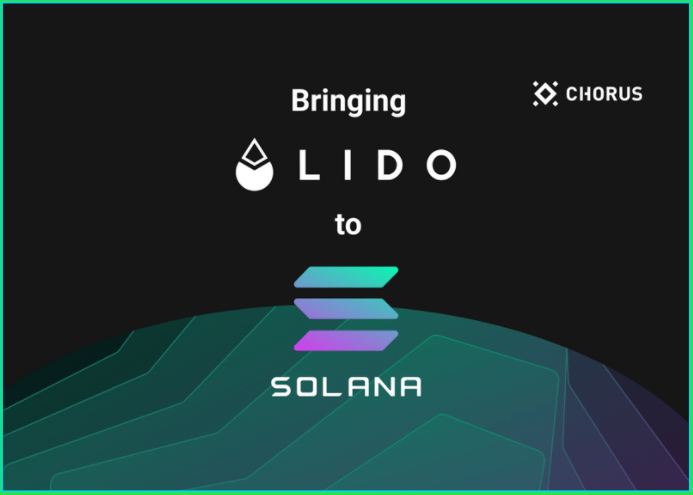Lido Brings Liquid Staking to Solana, Its Third Blockchain
Staking assets on a blockchain helps to secure the network, but losing that liquidity can be painful for traders and investors. So the team behind the derivatives protocol, Lido, created a staking derivative that allows investors to stay liquid while also supporting the security of the networks they rely on. So far, Lido has enabled…
By: Brady Dale • Loading...
DeFi
Staking assets on a blockchain helps to secure the network, but losing that liquidity can be painful for traders and investors.
So the team behind the derivatives protocol, Lido, created a staking derivative that allows investors to stay liquid while also supporting the security of the networks they rely on. So far, Lido has enabled almost $6B to be staked on Ethereum 2.0 and almost $2B of LUNA to be staked on the Terra blockchain.
In Sept. 7, Chorus One, a development partner with Lido, announced via a statement that it would bring liquid staking to the Solana network.
Staking stSOL
Staking Solana’s native SOL token currently earns 8% in inflation rewards annually, for now. While users on Lido will sacrifice 10% of that inflation in fees the platform takes, they will be able to remain liquid while earning yield.
The fees go to support the parties that make liquid staking possible. Half the fee goes to node operators that actually do the staking, 1% will go to Chorus One and 4% to the Lido treasury.
With Lido staking, users can deposit SOL through Lido and it will be distributed to its staking partners. In return, they will receive stSOL, which represents their deposit with the staking providers and will also accrue interest proportional to their deposit.
Lido’s prior staking derivative has tracked the value of the underlying asset closely. As of early afternoon Monday, ETH was trading at $3,440 and stETH at $3,589.
ETH staked on Ethereum 2.0 remains locked until the new network launches, while LUNA staked is almost instantly available. It takes about three days to unstake SOL, which could be reflected in a slight divergence in price between SOL and stSOL.
Why Solana?
“Solana has seen tremendous growth and adoption over the past year. There is a flourishing ecosystem emerging around Serum 2 and other DeFi protocols,” Felix Lutsch of Chorus One wrote in the April 30 governance proposal that ultimately led to this launch. “A liquid staking token on Solana has huge potential for this ecosystem, as stSOL could be used as collateral in DeFi applications on Solana and beyond.”
He added that a protocol like Lido’s can expand the network of node operators and SOL distribution between them, thereby improving Solana’s overall censorship resistance.
Advertisement
Get the best of The Defiant directly in your inbox 💌
Know what matters in Web3 with The Defiant Daily newsletter, every weekday
90k+ investors informed every day. Unsubscribe anytime.